The Alaska Department of Fish & Game understands how fabric structures can provide a huge benefit to their employees, the public, and the environment. These sturdy shelters withstand the elements and fulfill various types of needs for the Alaska Department of Fish & Game, and at a price point that fits within their budget. Below are several examples of where the department uses WeatherPort tents, from Alaska Structures®:
- When it comes to hunting moose in Alaska’s Koyukuk Controlled Use area, there are two primary objectives. One is for subsistence and the other is for trophy opportunities. During hunting season, which lasts about a month in the fall, the Koyukuk Check Station is manned 24 hours a day, seven days a week by employees with the Alaska Department of Fish & Game.
- The Koyukuk Check Station is about 45 miles up the river from Galena. Each boat that travels up or down the Koyukuk has to stop at the check station. The check station and the living quarters are portable structures – WeatherPort shelters. Through all the people in and out of the check station, as well as in and out of the living quarters, the WeatherPorts stand the test of time. That also includes the common rain and heavy wind storms in the area.
- A WeatherPort shelter is also used in the Chignik River Sockeye Smolt Enumeration Project. Employees with the Alaska Department of Fish & Game have monitored the emigration of sockeye salmon smolt in the Chignik River each year since 1994. The WeatherPort hut sampling station and smolt traps in the Chignik River allow the field personnel to get out of the elements when collecting their biological data.
- At the Kenai River Mile 8.6 – King Salmon Sonar Site, a WeatherPort tent holds six network computers that collect sonar data. A technician is on staff 24 hours a day, seven days a week. King salmon are found at all ranges and they swim upstream in the deeper parts of the Kenai River where using sonar to detect them can be difficult. Another difficulty is that sockeye and other salmon are more abundant than king salmon and they all migrate during the same time.
- At another sonar site, employees that monitor the Kenai River Mile 14 – King Salmon Sonar Site, use another WeatherPort tent on the river’s west bank to house the data collection computers. This site was chosen because it is located below most of the main king salmon spawning grounds and there is a bottom profile that is nearly ideal for sonar deployment. Gauging salmon run strength is the only project where the Alaska Department of Fish & Game uses sonar technology to distinguish fish by size.
- The Western Arctic Caribou Herd has been studied by Jim Dau with the Alaska Department of Fish & Game for more than 20 years. Every two to four years or so, biologists and pilots are rounded up and taken to a remote site in the middle of northwest Alaska’s nowhere. WeatherPort shelters go up, temporary food shelves are stocked, gear is unpacked, and water cans are filled. Then the wait begins. Each morning, Dau takes to the air to locate caribou. Once Dau sees that the caribou are beginning to bunch together, the rest of the biologists are in the air within minutes. A slow, steady grid is flown as the biologists snap photo after photo. Once this stage is done, the photos are processed and the counting begins.
These are just a few examples of how WeatherPort tension fabric buildings have helped meet the needs of the Alaska Department of Fish & Game. These structures are used every day in the above example, and in a wide range of weather. Government agencies of all types can benefit from WeatherPort buildings, especially given their versatility and dependability.
WeatherPort buildings are designed to last. The structures can be used for any building application in virtually every climate in the world. From living quarters and camps, to offices, to cafeterias, to fish hatcheries, WeatherPort buildings are available in a number of different designs, such as canopies, truss gable buildings, dome tents, gable buildings, heavy gable buildings, event tents, Quonset huts and yurts.
WeatherPort® is a brand of high-quality fabric buildings from Alaska Structures®. For more information on WeatherPort tension fabric buildings, or to order your WeatherPort fabric buildings today, call +1-970-399-5909, email info@weatherport.com, or visit our contact us page.
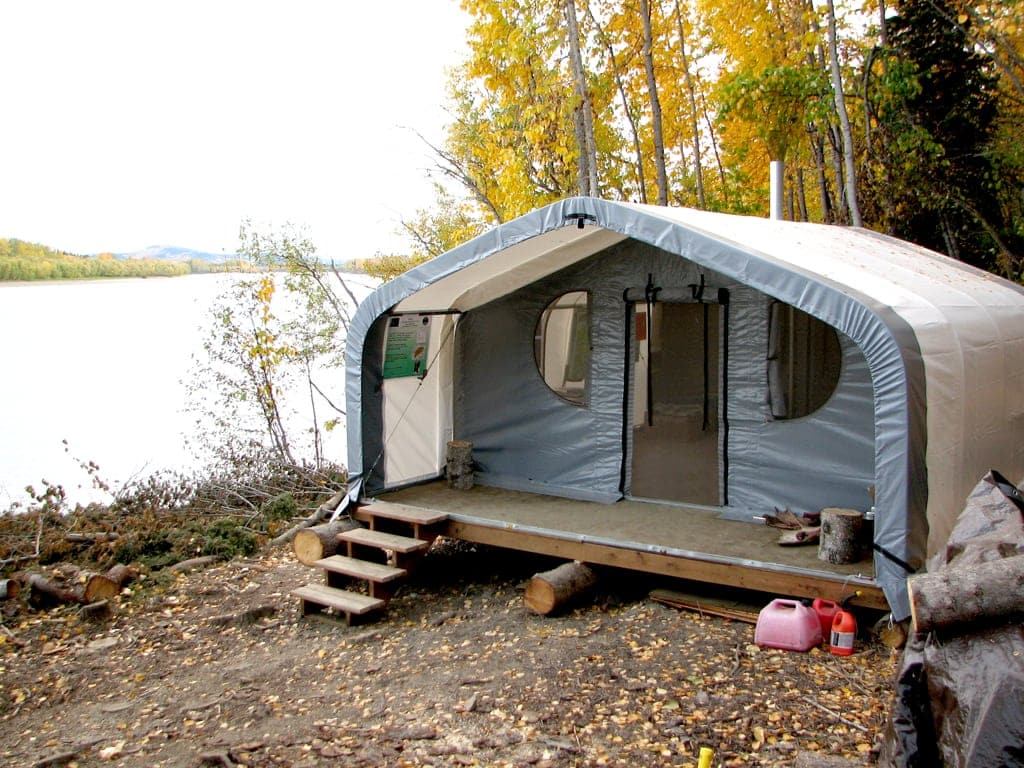

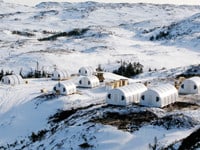

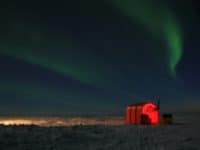

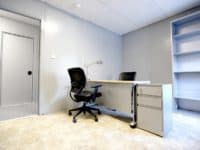

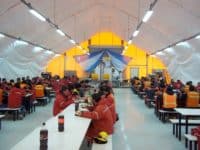

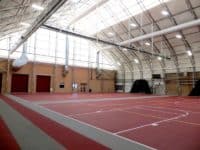










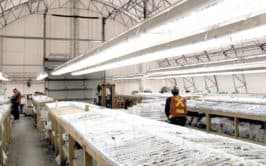


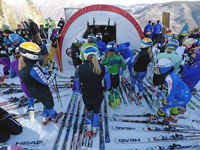
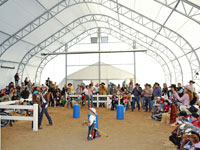



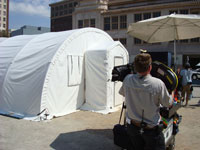
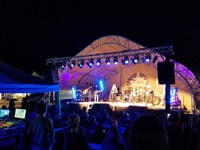
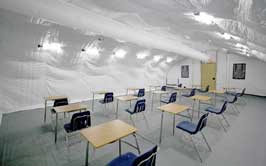


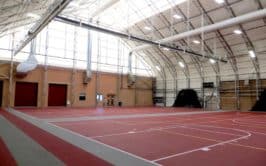

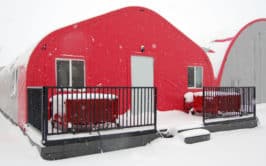

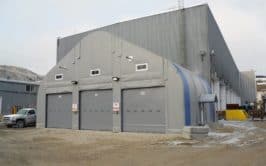

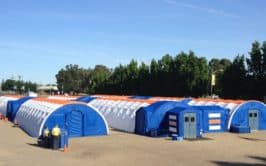
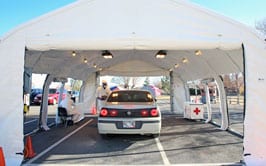
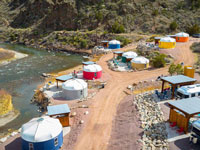

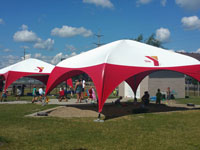
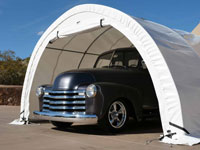
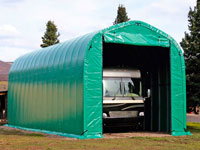
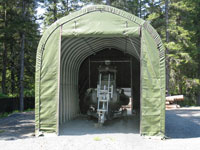
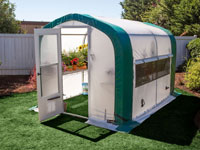
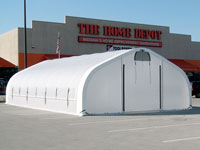
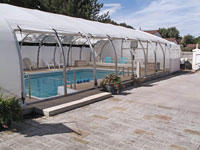
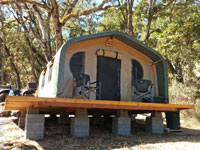
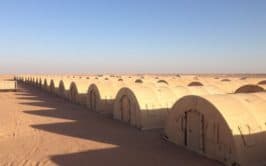
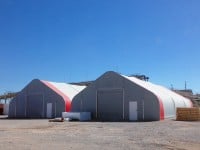

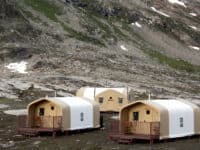

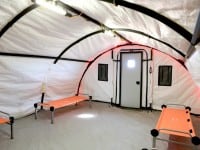
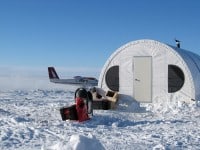
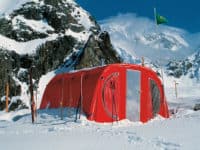
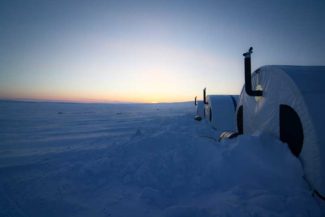

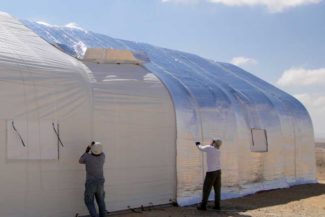

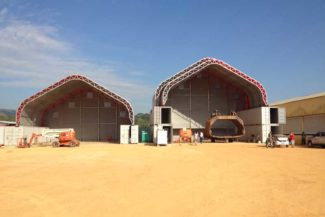

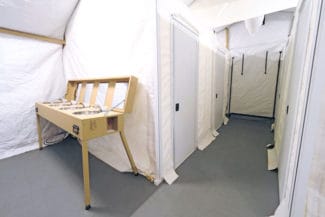
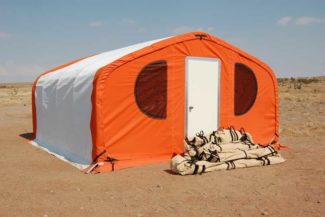
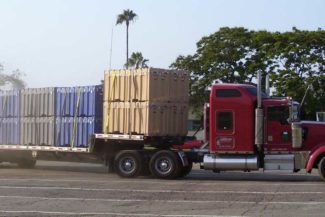
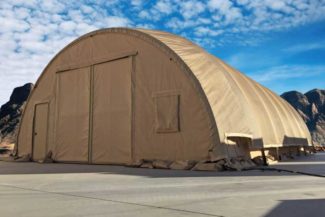


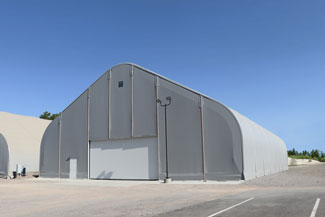

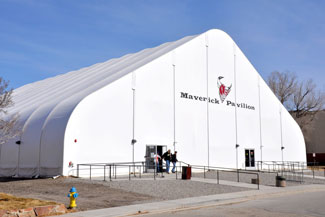

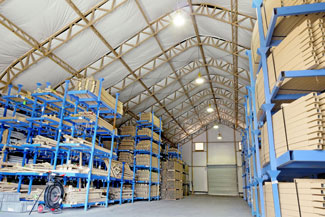
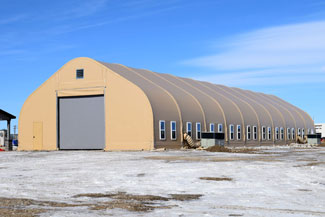


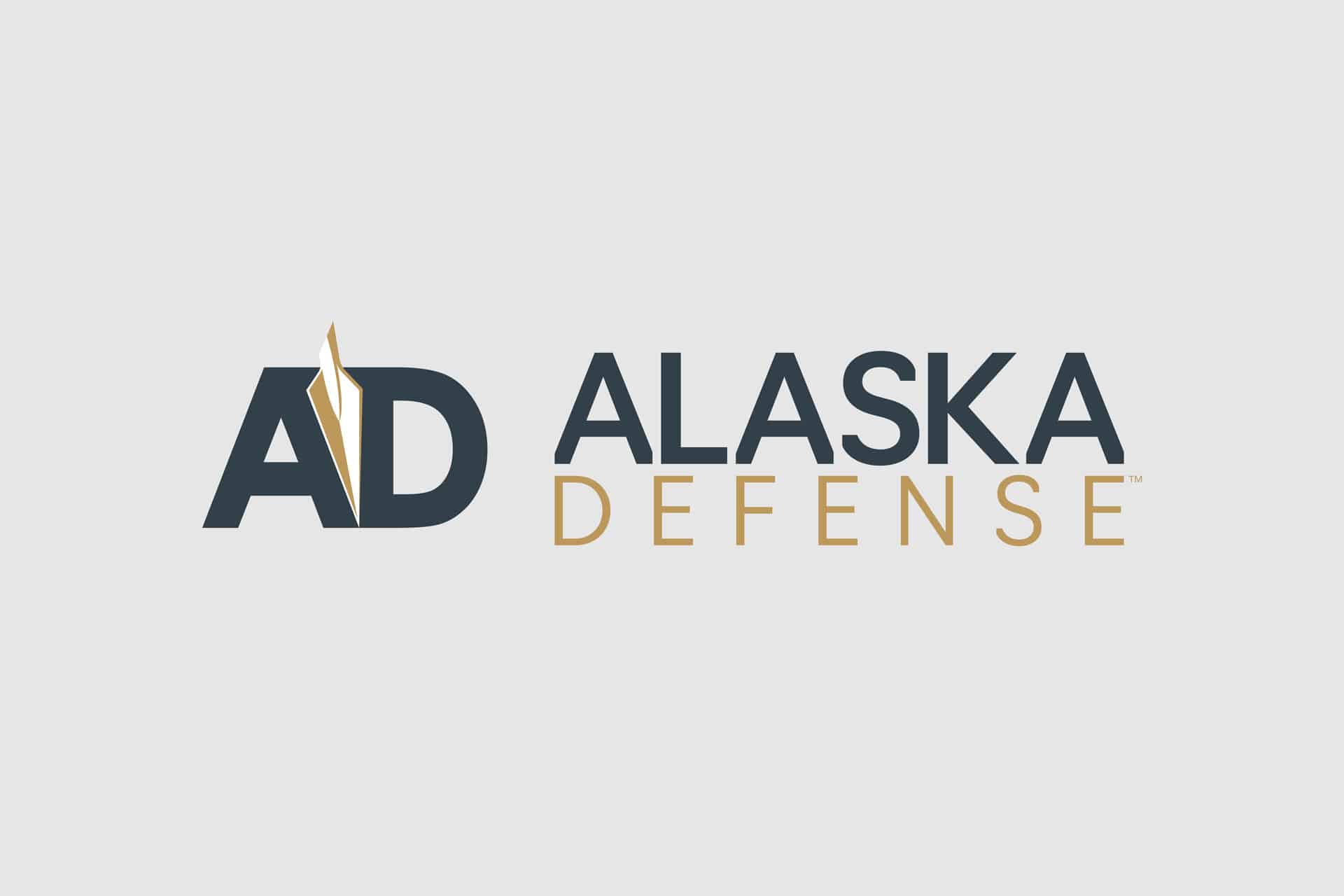
Leave a Reply